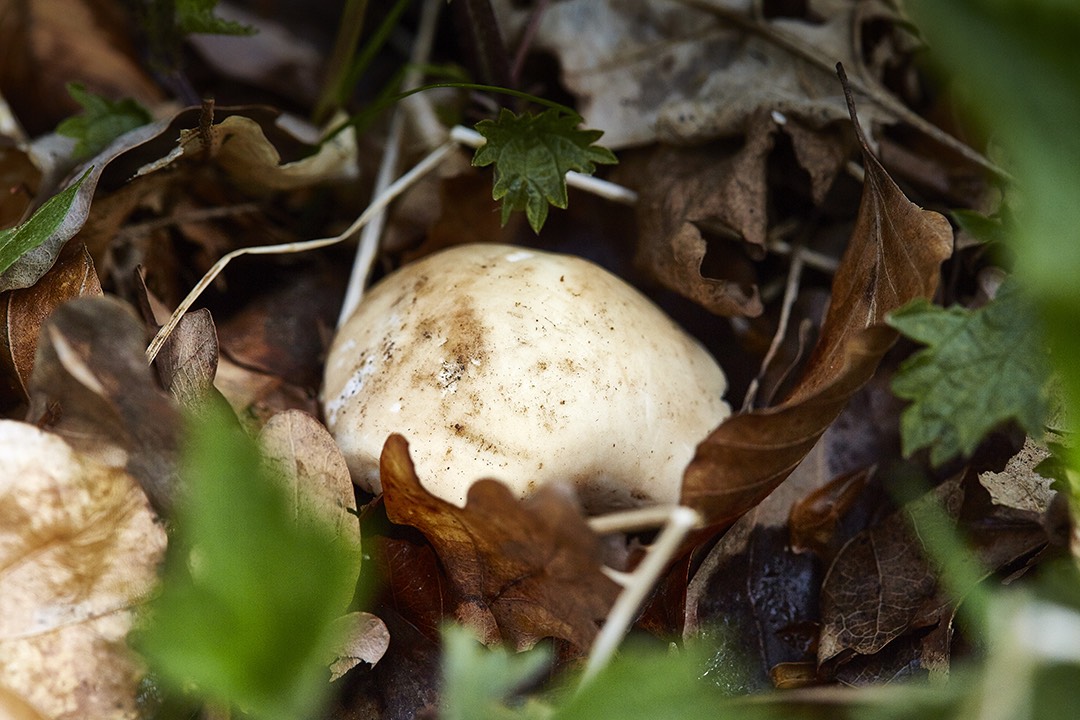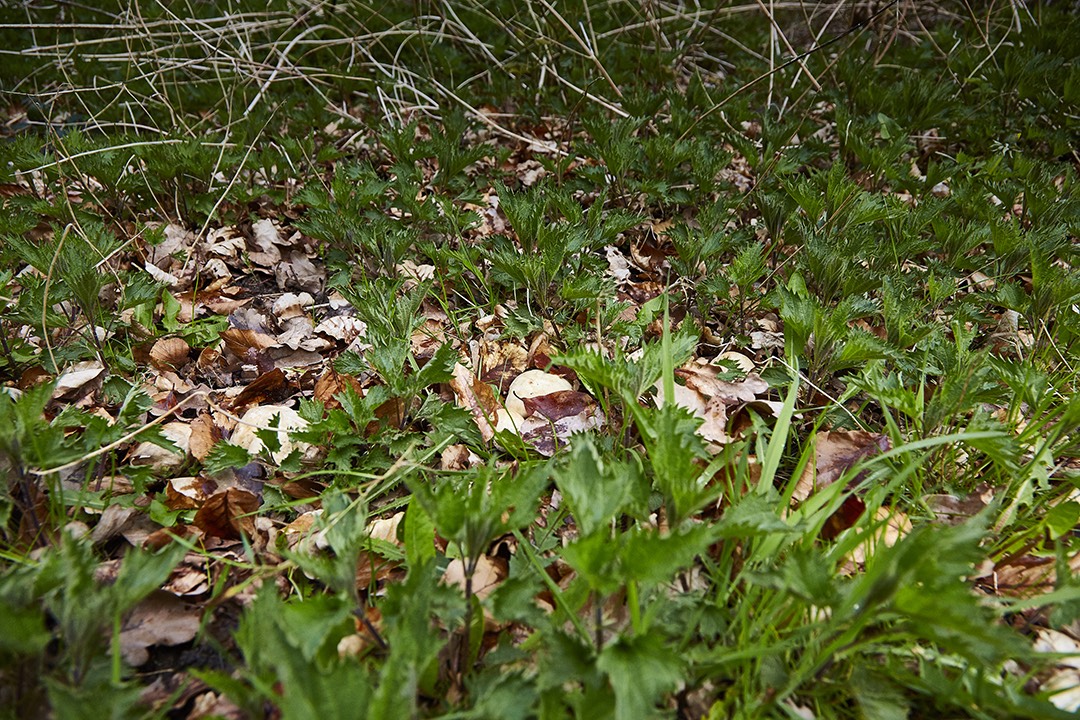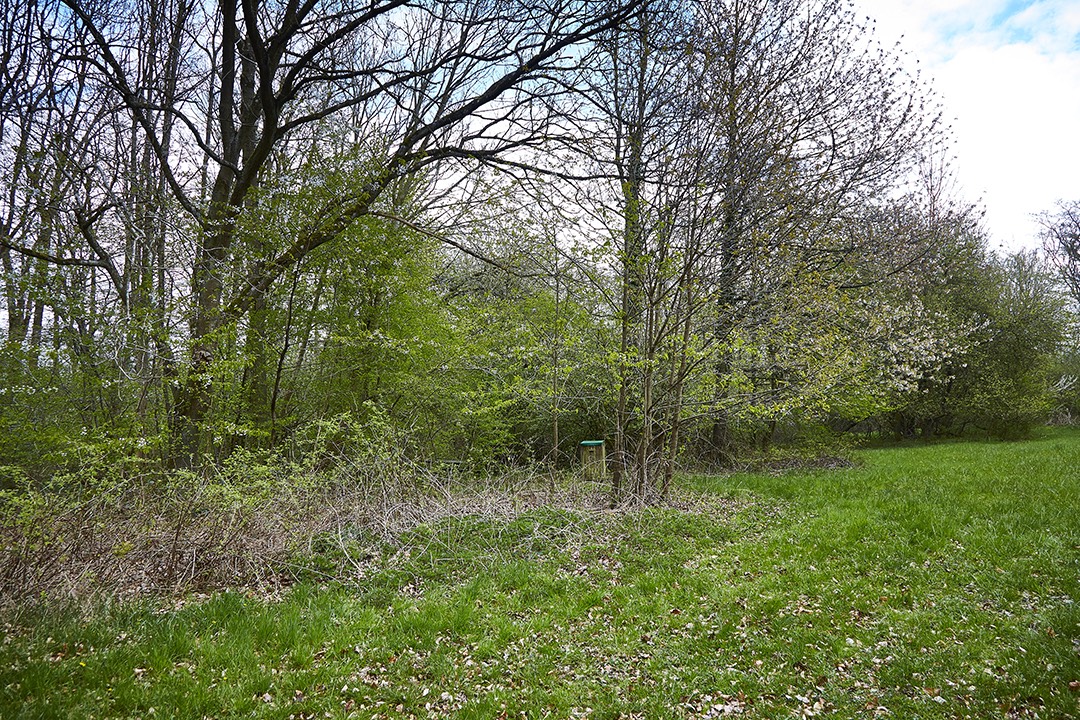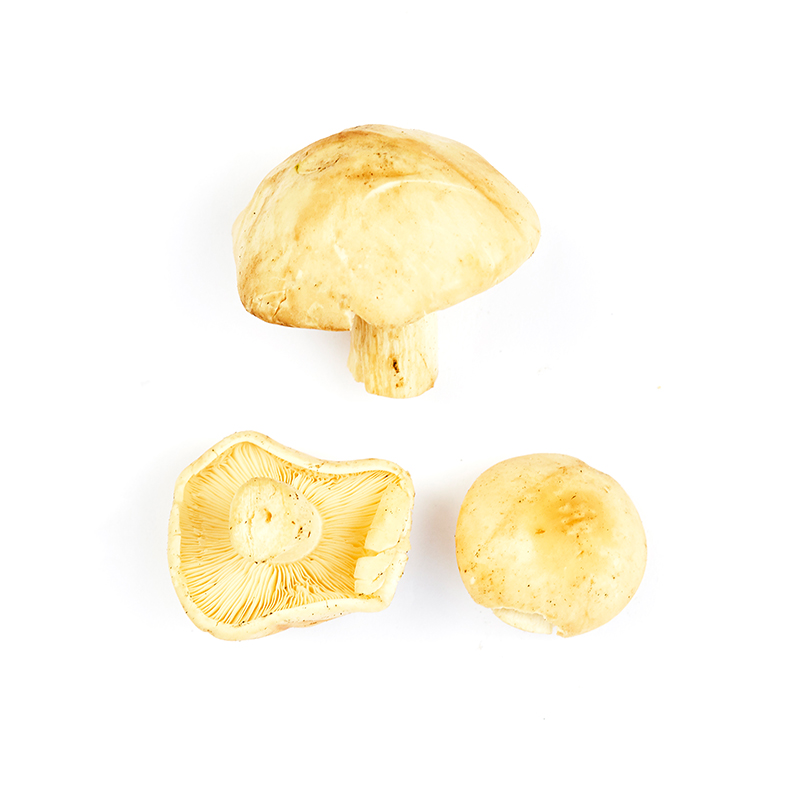



St. George's mushroom
St. George's mushroom is one of the few large, edible mushrooms that nature offers in the spring. It's a creamy white, meaty mushroom with a distinctive smell of flour.
-
Where to Find It
St. George's mushrooms grow in what are called fairy rings—circles of mushrooms—in good humus and in bright areas of the forest, or at the edge of woods along roads. They're typically found in large groups and are quite common, especially in mature gardens, parks, hedges and copses.
Salt marshes, deciduous forests, coniferous forests, towns, hedges, roadsides, grasslands.
-
When to Find It
You can pick St. George's mushrooms from April until June—most frequently in May.
Entire mushroom: April, May, June.
-
How to Spot It
St. George's mushrooms are a solid cream color and grow up to 10 cm tall. They rest on a thick stem that is typically widest at the bottom. Their dry caps spread up to 10 cm in diameter, and in some cases gradually take on a leather-colored tinge. The cap rims on younger mushrooms have a slight lip near their white gills, which grow close together and are the same color as the rest of the mushroom. Younger specimens also have a thin cap that is evenly wavy, while that of older mushrooms can be lumpy.
-
How to Pick It
Carefully twist the mushroom loose or cut it at the base. Check the cut to see if the mushroom is infested with vermin or if the flesh is even.
Risk of misidentifying the plant
St. George's mushrooms can be confused with the deadly fibrecap, which doesn’t have the former’s distinct smell of meal. Its white flesh also turns a pink color when cut. The livid pinkgill smells of meal and looks like the St. George's mushroom, but generally appears later in the season. Livid pinkgill also has yellow or pale pink gills, whereas the St. George's mushroom's gills are white.

